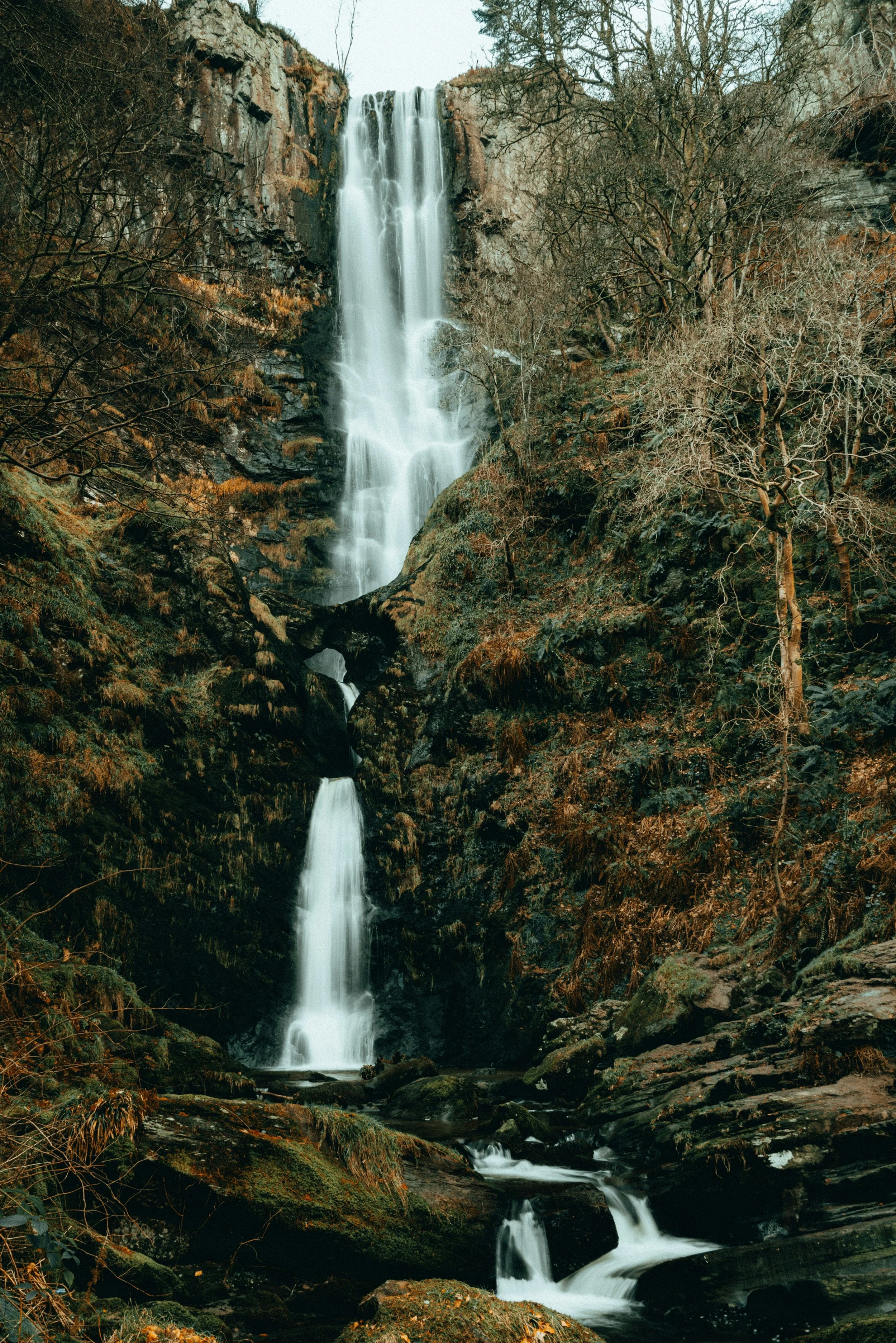Spectacular Landscape…
Spectacular hills and scenic valleys, interspersed by pockets of ancient woodland, make this special, undervalued part of Wales more than a match for any part of the UK.
Mynydd Mawr is officially classified by Natural Resources as ‘Wild’ and ‘exposed’, with the proposed development including areas of habitat classified as being of Principal Importance. Click here for more information.
There is a feeling of remoteness, whilst being surrounded by the evidence of past human activities dating back to 12,000 BC.
Ordovician Origins (~485–443 million years ago)
The bedrock of the Myydd Mawr and the Tanat Valley is primarily Ordovician sedimentary rock, laid down when this region was submerged beneath a deep ocean.
These rocks include mudstones, shales, and occasional volcanic tuffs, hinting at underwater volcanic activity.
The sediments were deposited in a marine basin, later compressed and folded during the Caledonian Orogeny, a mountain-building event that shaped much of Wales.
Click here for the Royal Geological Society map of the geology of the area.
Ice Age Sculpting
During the Quaternary period, and glaciers took centre stage:
The Cwm Pennant and Cwm Rhiwarth valleys were carved by glaciers descending from the Berwyn Mountains.
These glaciers gouged deep U-shaped valleys and left behind moraines, erratics, and glacial till.
The River Tanat now flows through this glacially widened corridor, its course shaped by meltwater and post-glacial erosion.
Mineral Wealth and Industrial Legacy
The valley’s geology also includes mineral veins—notably galena (lead), barite, witherite, and sphalerite—which were mined from the 16th century onward.
Prehistoric mining may have occurred near Craig Rhiwarth, where Iron Age communities possibly exploited surface ores. These mineral seams formed from hydrothermal fluids circulating through fractures in the Ordovician rocks.
Craig Rhiwarth Slate quarries was in existance by 1705, and possibly as early as the sixteenth century.
Modern Landscape and Soil
The valley floor is composed of alluvial deposits—sands, silts, and gravels laid down by the River Tanat and its tributaries.
Soils are often podzolic and clay-rich, supporting pasture and woodland.
The steep valley sides and uplands remain dominated by exposed bedrock and thin soils, ideal for upland grazing.
For more information of the history and character of the Tanat valley click here, source: Heneb: The Trust for Welsh Archaeology
The hills themselves provide a scenic and undeveloped backdrop to the surrounding area which includes one of the 7 Wonders of Wales - Pistyll Rhaeadr, one of the UK’s great waterfalls to behold and one of the tallest in Wales. Click here for a video of the falls.
Pistyll Rhaeadr and Wrexham steeple,
Snowdon's mountain without its people,
Overton yew trees, St Winefride's well,
Llangollen bridge and Gresford bells.
Late 18th-Century poem – The Seven Wonders of Wales
